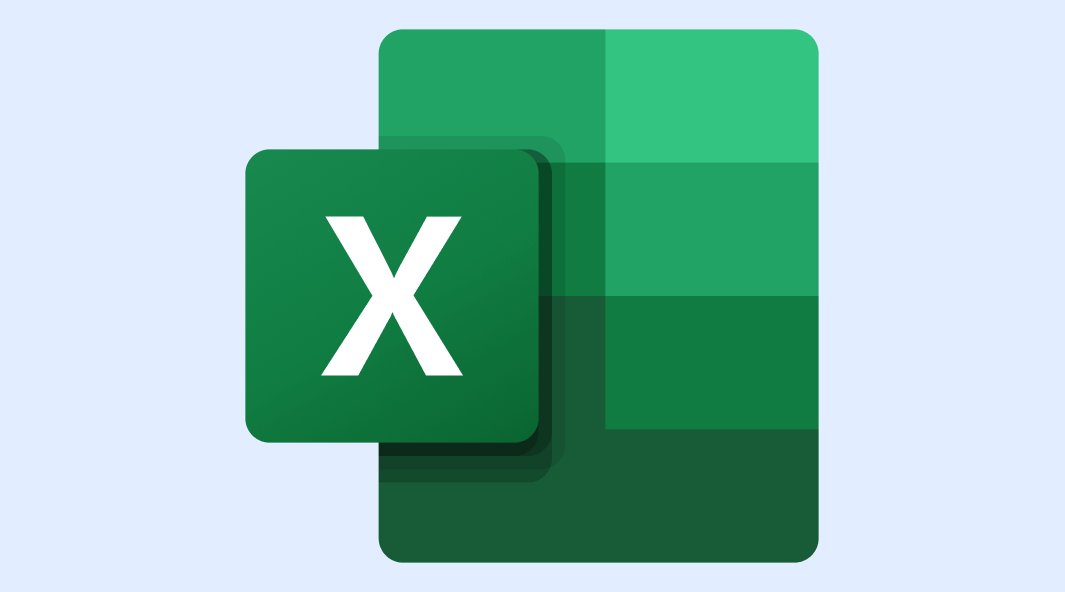Setting the stage
Excel. Everyone knows it; it’s been around forever. It’s a highly versatile platform that can be used in practically any context. It’s powerful because it’s simple.
But this simplicity has some major drawbacks. While Excel is tremendously useful for organizing and displaying data, all of that data has to come from somewhere…namely, it has to be manually entered.
For home service firms, especially those with small and highly flexible teams, the time spent entering data in Excel to use it properly can be immense—time you would rather use doing work that matters. Many home service providers will spend literally hundreds of hours per year putting data into Excel, hours that would be much better spent elsewhere.
This is why leaving Excel behind can not only be crucial, but life-changing for a small business. Breaking free of Excel will free up tons of time and resources, and allow you to devote these to doing the work you really want and need to do.
In this guide, we’ll walk you through the steps of how to break out of the Excel trap–and how to replace it with automated software that will still fill your data analysis needs.
A quick word
Before beginning, we need to stress that “breaking free” of Excel doesn’t mean that you need to leave it behind entirely. Excel still has a lot of valuable uses, and can be easily integrated with data display platforms such as Plecto.
Breaking free of Excel means that you no longer have to rely on Excel as your single source of truth; as your sole way to record and analyze data; and as your sole way to display and observe data.
Rather, it means you can outsource some or all of these functions to a more efficient platform that is more responsive to your needs. You can still use Excel if you want—you just don’t have to use it for everything.

Steps to freedom
There are five main steps to take when transitioning from Excel to a new data display system. They are:
- Identifying your pain points 🩺
- Defining your core needs 🤔
- Choosing the right platform 🖥️
- Planning your transition ➡️
- Building accountability 💪
We’ll go through each of these steps one by one.
1. Identify pain points 🩺
To begin the transition process, you need to be aware of what exactly your problem(s) is (or are). Common issues faced by home service providers when dealing with Excel include:
- Too many file versions. If you’ve got multiple versions of the same file—some older, some newer—this situation can create a real headache, especially when you’re trying to do something important (like plan a budget!).
- No mobile access for field agents. Real-time data tracking in a mobile version is something that Excel doesn’t do very well. Technicians on jobs who want to keep track of essential metrics will find doing so difficult, if not impossible, with Excel.
- Difficulty in tracking scheduling or invoicing.
- And, of course, time-consuming manual data entry.
2. Define your core needs 🤔
Once you know your problem, you can think of how to approach the solution. This means you need to determine what your core needs are. These could be:
- Scheduling and dispatching
- Job tracking
- CRM
- Invoicing and payments
- Data reporting and KPIs
As different platforms have different niches and fit different needs, your own core needs will determine the platform you select.
3. Choose the right platform 🖥️
Now on to the most important part—choosing the platform that's best for you.
- If you need better field service management (FSM): ServiceTitan, Jobber, Housecall Pro and FieldEdge are all strong options. You can read a more in-depth analysis of them here.
- If you need better CRM and project management: HubSpot and Zoho One are ideal, especially for SMEs (small-medium enterprises).
- If you need a dashboard solution to track and display data: Plecto, Geckoboard, Datacube, and Domo are all solid dashboard options for getting a handle on your data. Plecto has a couple of unique advantages: it integrates with many CRMs (such as HubSpot) as well as ServiceTitan, and comes with exciting gamification features to encourage and motivate your team.
Build your first dashboard.
Start your 14-day free trial today
4. Plan the transition ➡️
Now that you’ve selected your platform, it’s time to make sure your team’s transition to it is a success. There’s a few things you’ll need to do in this step:
- Clean your data. This means to organize your data and make it consistent. Make sure it’s all up-to-date and that it doesn’t contain any errors.
- Select a pilot team to lead the transition. This might be your IT department, or even a lone specialist. Many of the platforms mentioned above (including Plecto) offer setup and onboarding to new customers.
- Train your staff on the new platform. This could take some time, so patience is required! In this transition period, be sure to use the resources that your chosen platform offers for new users. For example, Plecto provides two hours of free consultation with its Expert Service as well as a free resource library.
- Run Excel in parallel for some time until confident in the new system. Don’t let go of Excel just yet until you’re completely confident in, and comfortable with, your new platform—especially if you still have valuable data backed up in Excel.
5. Build accountability 💪
You’ve done it! 🎉 You’ve transitioned to your new platform of choice. To keep up the momentum and ensure you can successfully weave the new platform into your daily work, it’s important to create a team culture of accountability around your platform. A few key ways you can do so include:
- Require your check-ins to be on the platform app rather than on spreadsheets
- Use dashboards to monitor job completion and KPIs in real time
- Automate your customer surveys and feedback collection process.
Conclusion
Don’t get us wrong: Excel is an incredibly powerful tool and has a lot of value. But it’s a platform that can easily turn work into more…work. This is the very thing you want to avoid.
There are plenty of other data display and analysis tools that can revolutionize how you deal with the data side of things in your workplace. Plecto is a great example of such a tool. With Plecto, you can…
- Use real-time data visualization. Bring your KPI metrics to life with easy-to-read widgets on real-time or dynamic dashboards. You can display your dashboards on TV screens strategically placed around your HQ.
- Engage with gamification features. Boost your team motivation and morale through the power of friendly competition! Features offered include fun contests, automatic notifications, and celebratory achievement badges.
- Create automatic reports. Share the latest, most accurate data with your board and stakeholders with instantly-downloadable PowerPoint slideshows and Excel spreadsheets (a good reason not to get rid of Excel entirely!).
Small home service businesses are increasingly using Plecto to get a handle on their data and save valuable time. Here are just a few of their stories:
Game-Changing Culture Drives 20% Increase in Calls and Jobs at Electrika
Plecto Saves Canadian Home Service Firm Hundreds of Hours
Real-Time Plecto Dashboards Drive 100% Higher Engagement at Arnold & Sons
If you’re ready to take the leap away from Excel and discover what Plecto can do for you, sign up for a free two-week trial today.



